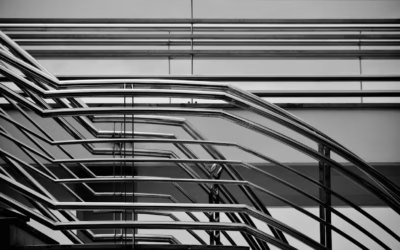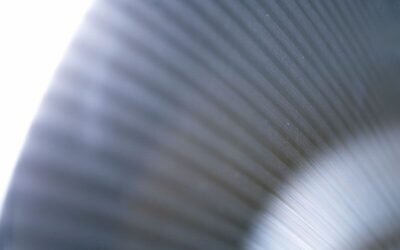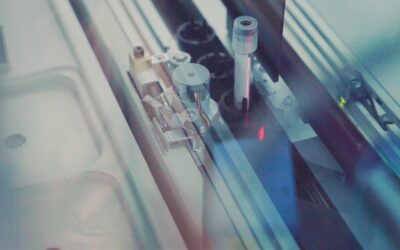Understanding Aluminum Tempers
When working with aluminum alloys—especially in tooling, mold making, or aerospace applications—knowing the alloy’s temper is just as important as knowing its composition. Aluminum temper designations offer insight into how the material was processed, how it will behave under stress, and what kind of performance you can expect during fabrication or in the final product.
This article focuses specifically on heat-treatable and non-heat-treatable wrought aluminum alloys in the 1xxx, 2xxx, 5xxx, 6xxx, and 7xxx series. These alloys are commonly used in plates or cut-to-size forms in mold and die, machine, tool, and fixture construction. While the technical foundation is based on the European DIN EN 515:1993 standard, the temper principles described here apply directly to AA (Aluminum Association) and ASTM (American Society for Testing and Materials) designations commonly used in North America.
Overview
Understanding temper codes helps us interpret key properties, including:
- How it was manufactured and processed,
- Any thermal or mechanical post-treatments applied,
- The metal’s current strength, ductility, and stability,
- How it’s likely to perform during machining, forming, or in-service use
The Aluminum Tempering Process
Tempering aluminum, also known as age hardening or precipitation hardening, is a multi-step heat treatment process used to improve the strength and mechanical properties of certain aluminum alloys (primarily those in the 2xxx, 6xxx, and 7xxx series). This thermal method differs from mechanical strengthening techniques such as strain hardening (or cold working), which involves deforming non-heat-treatable alloys like 1100, 3003, or 5052 at room temperature through rolling, drawing, or stretching. While strain hardening increases dislocation density to enhance strength, precipitation hardening fundamentally alters the alloy’s microstructure through heat.
The process begins with solution heat treatment, where the alloy is heated to 840–1020°F to dissolve elements like copper, magnesium, or silicon into a uniform solid solution. Immediately after, the aluminum is rapidly quenched (typically in water or air) to freeze these elements in place and form a supersaturated solution. The metal is soft at this stage and is primed for aging. Either natural (T4) or artificial (T6, T7) heat exposure allows fine precipitates to form during the aging process. These precipitates block dislocation movement and greatly increase the aluminum’s strength. In some tempers, controlled stretching (associated with tempers T351 or T651) is applied after quenching to relieve internal stresses and improve dimensional stability.
Heat treatment, quenching, aging, and optional stretching all play vital roles in increasing aluminum’s strength, stability, and machinability. By choosing between mechanical (strain hardening) and thermal (precipitation hardening) approaches, manufacturers can tailor aluminum alloys to meet aerospace, automotive, tooling, and structural application demands.
“Hxxx” Tempers
Hxxx series tempers apply to non-heat-treatable wrought aluminum alloys (like 1xxx, 3xxx, and 5xxx series). These tempers can not be heat treated. To improve strength, they rely on strain hardening (cold work). Hxxx tempers are thermally stable up to about 250°F for prolonged use, and up to about 350°F for short-term use (approx. 4–6 hours). If kept at these conditions too long, the material may recrystallize and the properties will be lost.
H111
Slightly strain-hardened after annealing by stretching or straightening.
Offers improved strength without compromising ductility. Common in shipbuilding, automotive, tanks, and structural panels.
H112
Minimally strain-hardened during hot or limited cold working.
Used specifically when mechanical properties must meet defined limits—often required for pressure vessel plates.
“Txxx” Tempers
For all heat-treatable aluminum alloys (2xxx, 6xxx, 7xxx series). These tempers include solution heat treatment, quenching, and aging (natural or artificial)
T451
Slightly strain-hardened after annealing by stretching or straightening.
Offers improved strength without compromising ductility. Common in shipbuilding, automotive tanks, and structural panels.
T452
Solution heat-treated, stress-relieved by compressing, then naturally aged.
Similar to T451 but better for thick sections (usually over 5.5 inches). Offers uniform stress relief.
T651
Solution heat-treated, stress-relieved by stretching, then artificially aged.
One of the most common high-strength tempers. Balances strength, stability, and machinability. Widely used in tooling and structural parts.
T652
Same as T651, but stress-relieved by compressing.
Often used for large/thick forged or rolled parts that cannot be stretched easily.
T6
Solution heat-treated and artificially aged (no stress relief).
Provides maximum strength but introduces high internal stress. Best avoided for dynamic or high-precision applications.
T7351
Solution heat-treated, stretched, then overaged for corrosion resistance.
Optimized to resist stress corrosion cracking. Preferred for aerospace and defense where reliability is critical. Alloy: AA 7075-T7351.
T7451
Similar to T7351, but aged to a condition between T73 and T76.
Offers a compromise between strength and corrosion resistance. Commonly used for structural aerospace parts. Alloy: AA 7050-T7451.
Heat-Treatable Tempers for Aluminum Cast Plates (7xxx Series)
Used with aluminum-zinc-magnesium (-copper) alloys to enhance strength, corrosion resistance, and dimensional stability.
T4
Solution heat-treated and naturally aged.
Offers moderate strength and ductility, but in cast plates, it can lead to instabilities such as uneven aging, warping, or hairline cracks.
Not recommended for precision cast applications.
T6
Solution heat-treated and artificially aged (no stress relief)
Maximizes strength but introduces high residual stress, which can lead to cracking, distortion, and poor corrosion resistance.
Generally unsuitable for cast plate applications where low stress and dimensional stability are critical.
T79
Solution heat-treated and slightly overaged (artificially aged)
Offers an ideal balance between high strength, excellent toughness, and minimal internal stress.
Specifically tuned for cast plates using precise thermal control (±37.4°F) in electric ovens—not achievable with gas furnaces.
Used in high-performance tools, molds, and fixtures where both mechanical performance and dimensional stability matter.
Key alloys: AA 7021 (e.g., G.AL® C330R, C330, C330 DYNAMIC).
Tempers for Non-Wrought Aluminum Alloys (Cast Plates)
O Tempers
O3 – Homogenized:
This temper removes internal casting stresses, dissolves defects and inconsistencies, and refines the microstructure through a controlled thermal process. This results in a stable, low-stress material with excellent machinability and dimensional consistency. It’s commonly used in mold bases and tooling blocks.
Key alloys: AA 5083 (e.g., G.AL® C210R, C210 DYNAMIC, C250, C250 ELOXPLUS).
Heat-treatable Aluminum Alloy Tempers
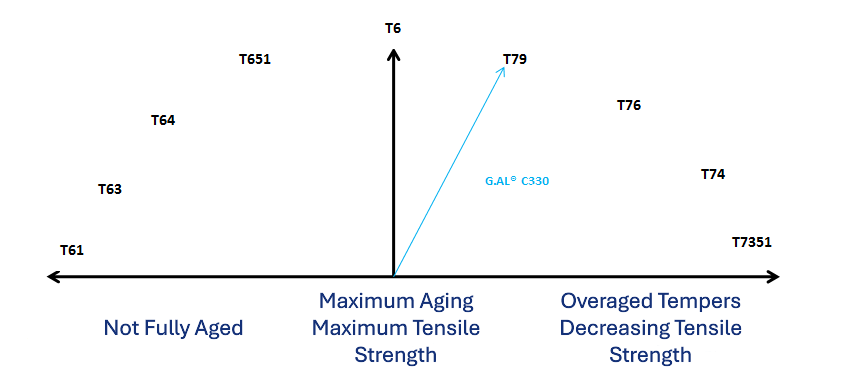
Effects of Txxx Aluminum Tempers
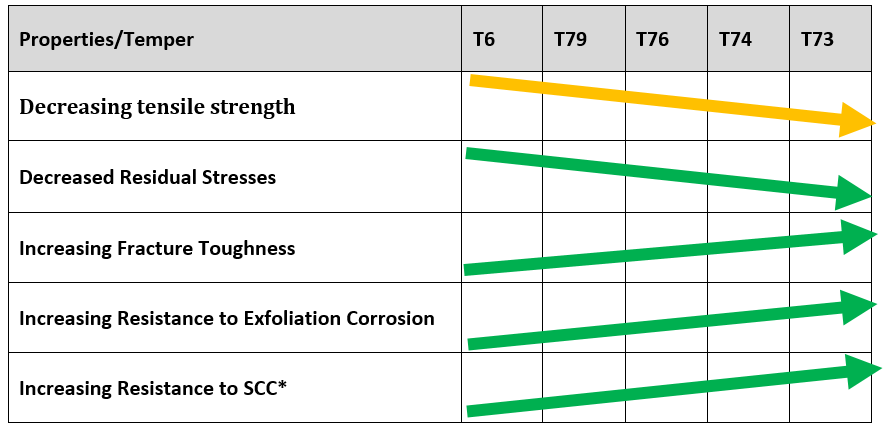
*SCC = Stress Corrosion Cracking
Have further questions?
Contact your Aluminum Experts today, we’re happy to help.
More Topics
Electrochemical Aluminum Polishing
Electrochemical aluminum polishing is also known as electrolytic polishing, electrolytic smoothing, electrolytic brightening, or electropolishing.
5083 vs 6061 Aluminum
Comparing Properties, Strength, and Applications. Whether your project demands dimensional stability or structural strength, both 5083 and 6061 offer unique features to support a smoother production process.
Aluminum in Medical Technology
Aluminum in Medical Technology GLEICH's Role in Advanced Healthcare Solutions Aluminum plays a...

